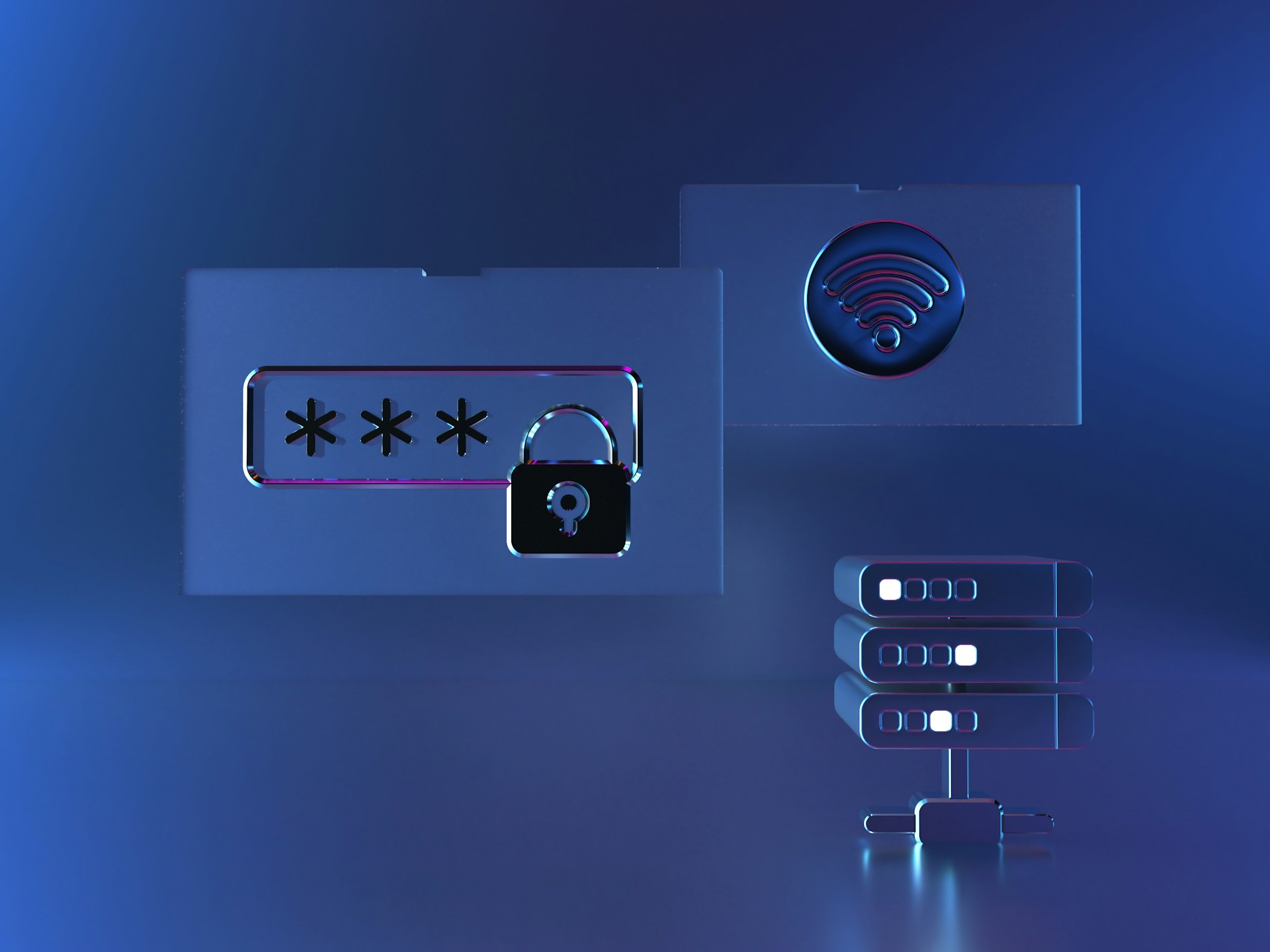Non-Human Identities: The Fastest-Growing Attack Surface You May Be Ignoring

In the world of identity and access management (IAM), the term “identity” has traditionally referred to people — employees, contractors, partners, and customers. But in today’s highly automated, cloud-first environments, non-human identities (NHIs) now vastly outnumber human ones. And that shift brings new challenges, new risks, and new urgency for organizations looking to stay secure.
Let’s explore what non-human identities are, where they live in your environment, and why securing them should be a top priority.
What Are Non-Human Identities?
Non-human identities are digital identities assigned to software-based entities or systems rather than people. These can include:
- Applications
- APIs
- Containers
- Virtual machines
- Service accounts
- Bots
- Scripts
- IoT devices
- CI/CD pipeline components
In short, any entity that interacts with systems or data — and requires authentication or authorization — but isn’t a person falls under the umbrella of NHIs.
Where human identities are tied to usernames and passwords, NHIs typically use keys, tokens, certificates, or other digital credentials to prove who they are and what they’re allowed to do.
What Are NHIs Used For?
Non-human identities power the automated backbone of modern IT and cloud operations. Here are some common examples of how they’re used:
1. Application-to-Application Communication
When two apps need to talk to each other — say, a backend service querying a database — they authenticate using a machine or service identity.
2. DevOps & Automation
Build pipelines (e.g., Jenkins, GitHub Actions) often use service accounts and tokens to deploy code, trigger tests, or interact with infrastructure.
3. APIs and Microservices
Modern apps are made up of distributed microservices. Each microservice may have its own identity to securely connect to others and limit access.
4. Cloud Resource Access
In AWS, Azure, or GCP, resources like VMs, serverless functions, and storage buckets use IAM roles or managed identities to request access securely.
5. IoT and Edge Devices
Cameras, sensors, and other devices deployed in the field use digital identities to authenticate back to the cloud or a central platform.
As businesses move toward microservices, cloud-native architectures, and DevOps automation, the number of NHIs is skyrocketing.
Gartner estimates that non-human identities outnumber human ones by a ratio of 10:1 — and that gap is still widening.
This growth isn’t just a matter of scale — it’s a critical security concern. More identities mean more opportunities for credential theft, privilege misuse, or misconfiguration. Yet NHIs often lack the oversight, governance, and hygien eapplied to human accounts.
Security Challenges of Non-Human Identities
Securing NHIs presents unique challenges — many of which traditional IAM systems weren’t designed to handle.
1. Lack of Visibility
Many organizations don’t even know how many NHIs they have, let alone where their credentials live or what permissions they hold. This makes risk assessment and compliance reporting difficult.
2. Overprivileged Accounts
Just like humans, NHIs often accumulate more permissions than they need. Least-privilege policies are hard to enforce at scale, especially in dynamic cloud environments.
3. Credential Sprawl
Tokens, secrets, API keys, and certificates may be hardcoded in scripts, stored in repos, or shared between services — making them easy to leak and hard to rotate.
4. Ephemeral Lifecycles
Containers, serverless functions, and other short-lived resources may spin up and down in seconds. This ephemeral nature makes it difficult to audit, monitor, or enforce policy on their identities in real time.
5. Tooling Gaps
Many identity platforms were built around human-centric models (e.g., SSO, MFA, user directories) and lack native support for machine-scale identity lifecycle management.
Best Practices for Securing NHIs
To reduce risk and improve posture, security teams should adopt the following strategies:
- Inventory all NHIs: Start by identifying and classifying every non-human identity across cloud, on-prem, and edge environments.
- Enforce least privilege: Use role-based access control (RBAC) or attribute-based access control (ABAC) to restrict what each identity can do.
- Automate credential management: Rotate API keys, tokens, and certificates frequently using a secrets management platform like HashiCorp Vault, AWS Secrets Manager, or Azure Key Vault.
- Audit regularly: Monitor usage, flag anomalies, and revoke unused or stale identities.
- Embed identity into DevOps: Shift security left by building NHI governance into CI/CD pipelines and infrastructure-as-code templates.
Looking Ahead
As cloud infrastructure becomes more dynamic and complex, the identity perimeter is now defined less by human users and more by machines and code. That makes non-human identities the new frontline in cybersecurity.
Organizations that proactively manage and secure NHIs will be better positioned to reduce risk, maintain compliance, and build digital trust in an automated world.
Bottom line? You can’t secure what you can’t see — and in a machine-driven ecosystem, non-human identities are everywhere. It’s time we start treating them like first-class citizens of the identity security universe.
Try Portnox Cloud for Free Today
Gain access to all of Portnox's powerful zero trust access control free capabilities for 30 days!



